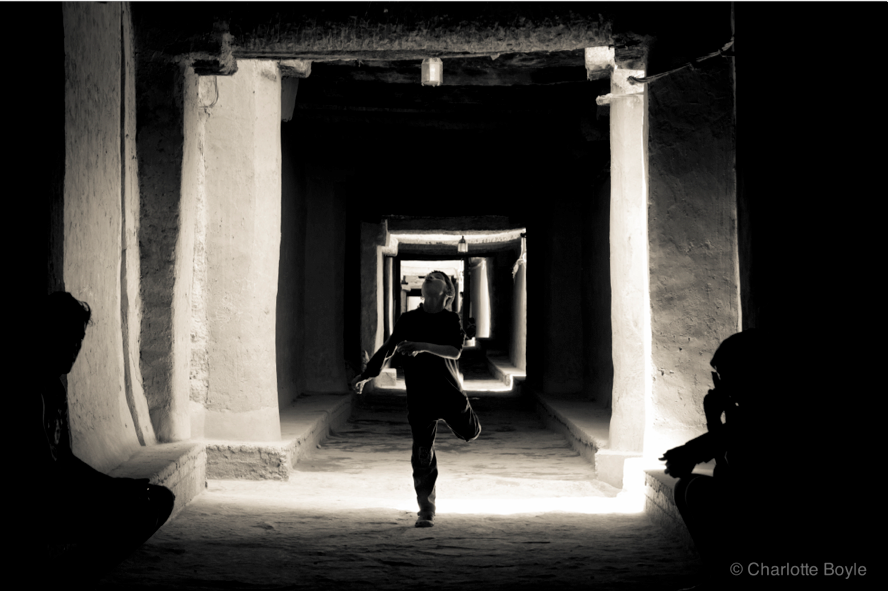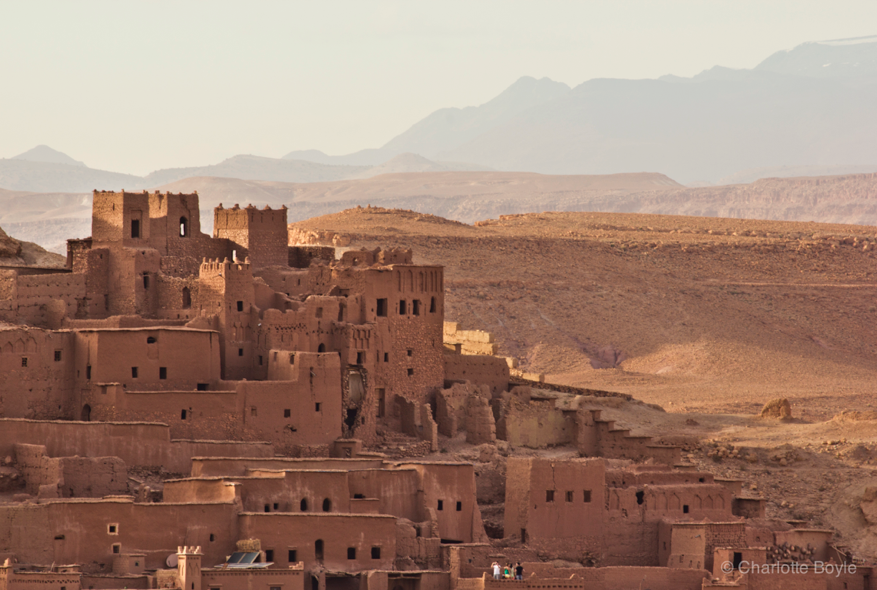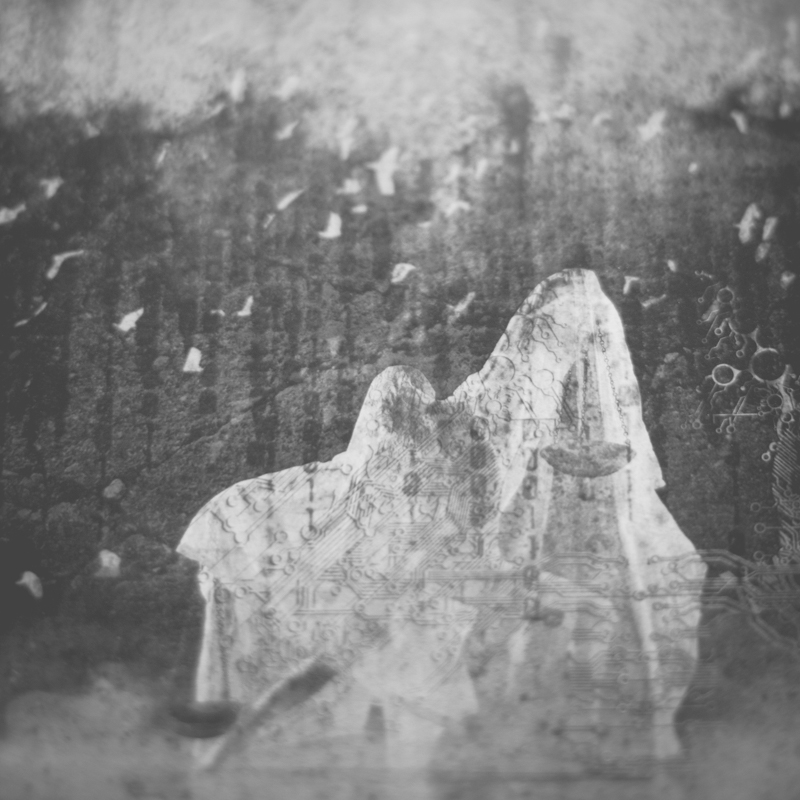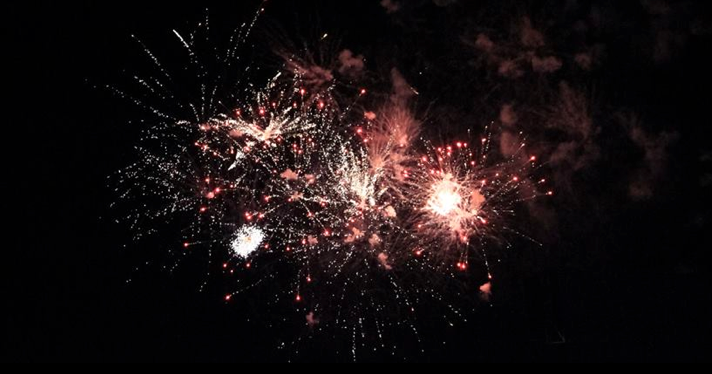Being in the right place at the right time can make or break that moment captured. Consequently, I have been known to approach travel planning with the kind of attention usually reserved for military operations. But then again, that’s half the fun.
Research
The first thing I do when planning a trip is type that location into Google’s Image Search and see what pops up.
This then gets cross-referenced with ‘Top 10 Things to See/Do in X’, via Trip Advisor, followed by a scrub through image libraries such as Getty, Alamy and 500px, plus a date check for festivals etc in the local area, for good measure.
It’s a lengthy process but, by the end of it all, you should have a nice list of possible sites according to the length of time you have and the distance you can reasonably cover.
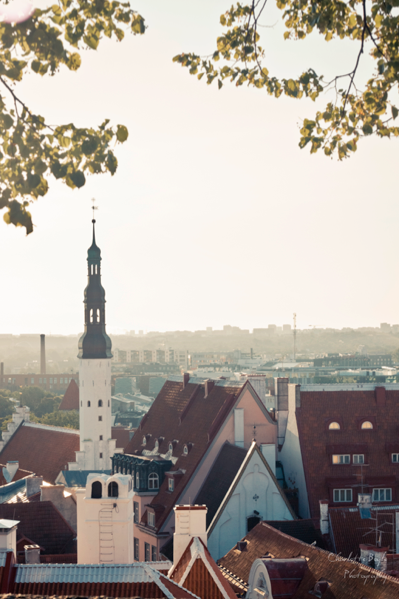
Set Up
Google Maps is your friend. For outdoor setups, plug each of your potential locations into Google Maps and calculate whether dawn or dusk light will be available on site. If you’re lucky, you might get both.
Use street view where possible to check for buildings or natural features which might affect this and plan accordingly. Googling ‘location’ plus ‘sunrise’ or ‘sunset’ can also be useful. Always cross check with available transport to make sure you’re not at risk of getting stranded anywhere.
Plan your schedule by grouping together several sites in a similar location, and match morning to evening shoots where possible. Save midday for non-photographic activities, visiting indoor sites, eating everything possible and siestas.
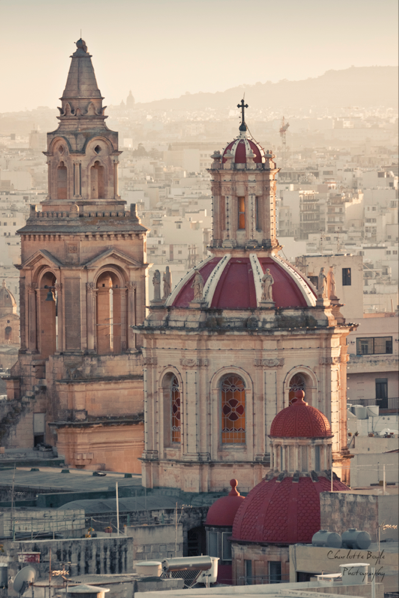
Lastly, think beyond the obvious and keep an eye out for other sites nearby which in themselves may not be what you’re looking for but happen to have an unexpected view of the location you’re after. Googling ‘restaurants with a view’ is always a good option, as is seeking out high points like towers and churches which may offer rooftop access and panoramic vistas.
When picking accommodation, look for somewhere that gives easy access to your selected photographic sites, particularly those you wish to photograph at sunrise. Carting gear around in the small hours, particularly on foot, will be easier if you don’t need to trek far, whereas you have all day to get setup for sunset. Again, if the accommodation has balconies available with views or rooftop access, this can be a big plus.
Getting Those Shots
With all that information, it’s easy to fall into the trap of rushing from spot to spot, trying to replicate classic postcard images. Instead, take time to listen to the place around you. Research gives you a structure to work to, but it doesn’t have to be followed to the letter. One of the great joys is arriving somewhere and being completely surprised by the unexpected. Maybe there’s something behind you, or off to one side, that has a story to tell. Take time to breathe and listen to a place rather than imposing your idea of what you think that place should be like upon the frame.
When time is short, the temptation is to try to fit everything in, the photographic equivalent of the tourist selfie trail, blitzing through each spot to tick the checkbox without really seeing. Pick one spot instead, a city rather than a country, a few back streets rather than a city, and explore it deeply. Immerse yourself in the language of a place, the sounds, the smells, the rhythms of somewhere else. What makes it what it is?
That’s when the magic happens.
